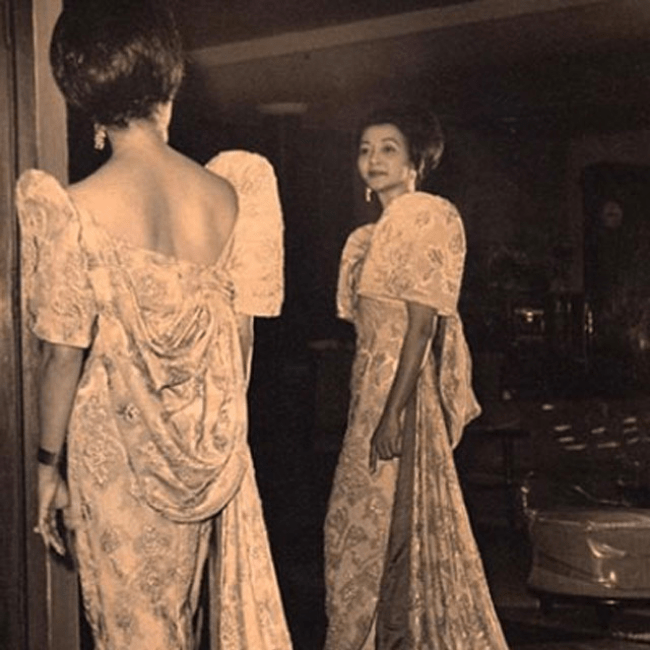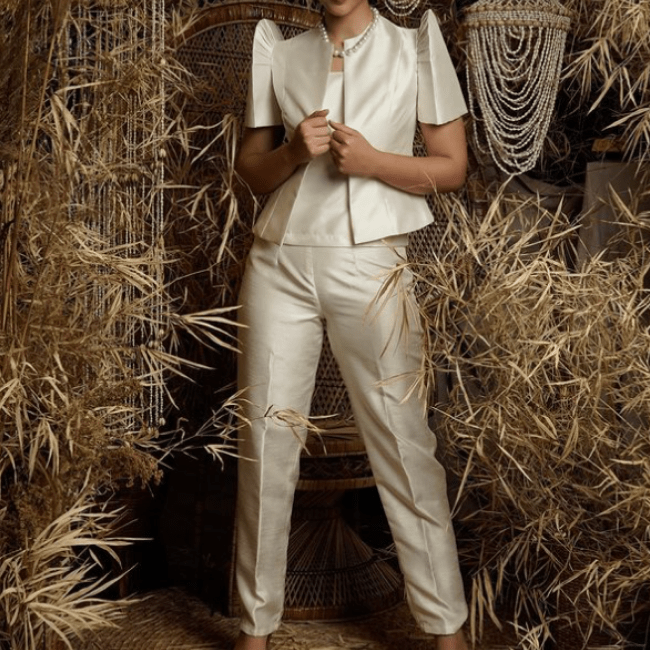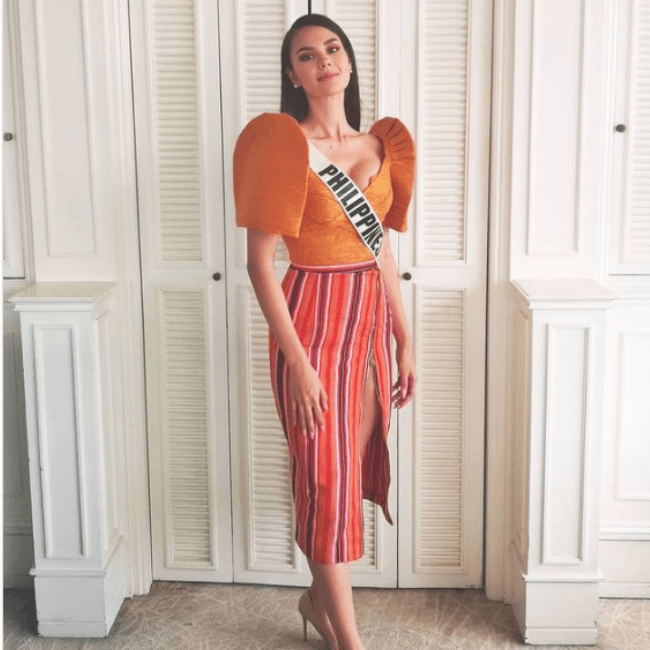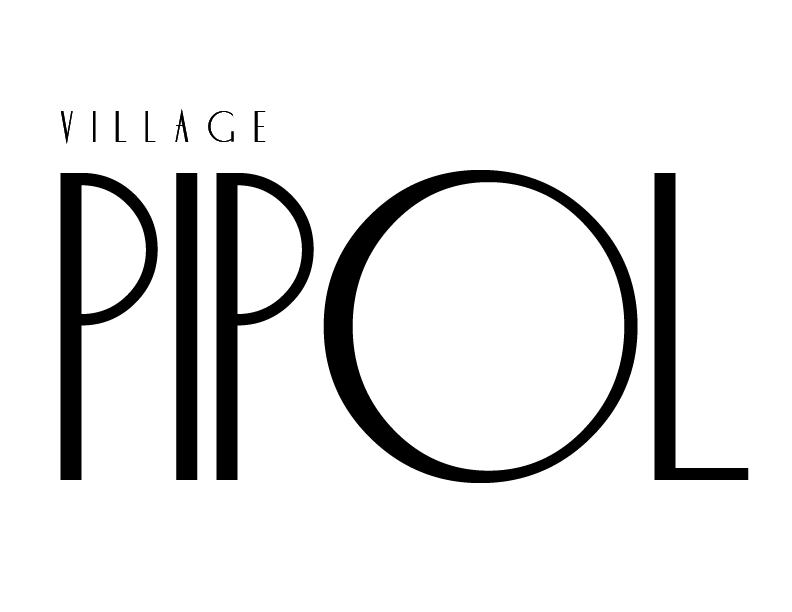Look Beyond The Seams And Stitches Of Modern Terno

The term terno means “matching.” In Philippine attire, it refers to matching top and bottom garments. It is a classic Philippine outfit for women that has history and has expanded through time. Until today, the Terno is existing in the culture but has a modern touch to its different designs and styles.
Look Beyond The Seams And Stitches Of Modern Terno
The Terno became a staple for women and is usually seen in celebrities or other high-profile people. However, in the new generation, anyone can shop and look for their everyday sets of Terno as many designers and stores are selling updated styles of it.

From Baro’t Saya
After the Spanish colonial period, the Terno had an evolution like any other fashion item. The Terno’s origin started in Baro’t Saya, the traditional Filipino outfit worn by women. Baro’t Saya includes a blouse (baro or camisa), a folded piece of fabric worn over the shoulders (pañuelo or fichu), and a short rectangular cloth (tapis) wrapped over the top of a long skirt (saya).

To Balintawak
The next version of Baro’t Saya is the Balintawak. It has a shortened skirt, puffy butterfly short sleeves, plaid textile, and a low-cut bodice. Usually, locals from the countryside wear this version.

Timeless Maria Clara
In 1890, the Maria Clara outfit emerges and became popular as a mestiza dress. The Spanish colonization highly influenced the original Baro’t Saya during this time. It also became a symbol of the virtues and nobility of the Filipina woman, inspired by Maria Clara, the heroine of Noli Me Tangere written by Dr. Jose Rizal.

Turn to Traje de Mestiza
During the early 1900s, Filipinos asserted themselves by wearing costumes. During the shift between the Spanish colonization and the American era, Filipinos are introduced to movies and magazines. Traje is the Spanish word for a dress, and Mestizo refers to mixed. In short, it was originally dedicated to mixed people during the said era.

Here comes the terno
Eventually, Traje de Mestiza evolved after the war and became Terno. Then it became a staple usually displayed in formal events and traditional occasions. For example, flores de mayo processions, rigodon de honor, beauty pageants, and other events in the Malacañang Palace.

Modern Terno
After that, it evolved together with the new generation’s fashion. The classic Terno then became more fashionable and adapted to the lifestyles of the modern era. variations have increased and new designers offer fresh designs and cuts for the Terno.









